The Morgan Plus 8 has been called the car that saved Morgan, it appeared in 1968 when the company’s sales were in decline and quickly filled the order book, resulting in wait times measured in years.
The secret to the success of the car is the combination of classic styling, low weight, and of course that Rover V8 up front that produced plenty of horsepower and torque and weighed just 170 kgs (370 lbs) thanks to its alloy block and heads.
Fast Facts – The Morgan Plus 8
- The Morgan Plus 8 is one of the best-selling cars ever made by the storied British automaker. It remained in production from 1968 until 2004 and there have been two newer production cars released since that borrowed its name and its V8-powered spirit.
- The Plus 8 was developed in the late 1960s based on the earlier Morgan Plus 4 platform, a car with classic styling and a four cylinder engine. The frame was modified to fit the Rover V8 and the drivetrain was modified to accommodate it.
- At the time of its release the Morgan Plus 8 was one of the fastest accelerating British sports cars in the world, it weighed just 1,876 lbs (851 kgs) and the engine made 161 bhp and 210 lb ft of torque.
- Over 6,000 examples of the Morgan Plus 8 were made between 1968 and 2004, significant upgrades were made over this time including increasing the engine displacement, widening the car, and various other changes to keep it as competitive as possible.
The Morgan Motor Company
The Morgan Motor Company was founded in 1910 by H.F.S. Morgan, who became an acclaimed engineer and an inventor. The company’s first car was the Morgan Runabout, a three-wheeler that was built using a custom backbone frame and a small 7 bhp Peugeot engine.
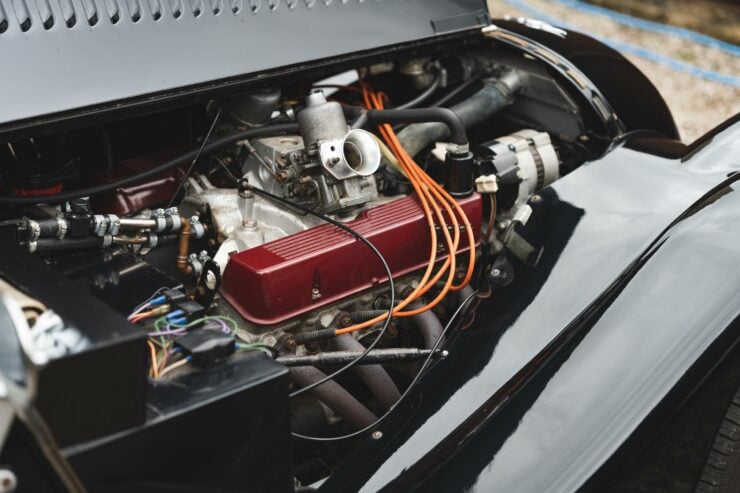
As this is an early Morgan Plus 8 you’ll find a 3.5 liter Rover V8 under the hood with carburetor induction. Later cars received higher displacement engines and fuel injection systems, but they were also heavier.
In 1911 Morgan introduced its first two-seat car, though still with three wheels and now with additional refinements like a windscreen and a steering wheel rather than motorcycle-style handlebars.
This new Morgan was lightweight, affordable, and had excellent handling by three-wheeler standards, making it popular with buyers and racers. Over the next few years, the company continued to refine its designs, and by 1914, it had produced over 1,000 cars.
Sales were helped along by the fact that three-wheeled cars were classed as motorcycles for tax purposes in England, making them significantly cheaper to buy than their four-wheeled siblings. The company began to race their three-wheelers, often with H.F.S. Morgan himself at the controls, and they won a slew of races including the exceptionally tough ACU Six Days’ Trial 1913.
The popularity of inexpensive four-wheeled cars like the Austin 7 and Ford Model T meant that demand for inexpensive Morgan three-wheelers began to wane. The company responded in 1936 with the release of the Morgan 4/4, their first four-wheeled car.
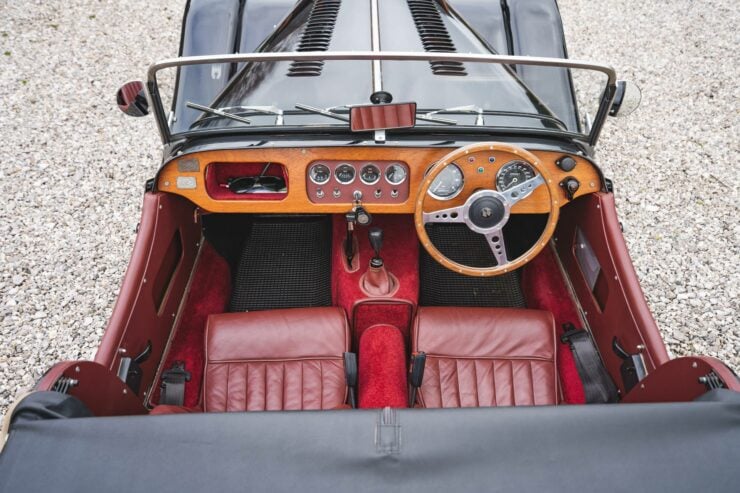
The cockpit of a Morgan is a timeless place, there’s cozy seating for two, a wood-rimmed steering wheel, a manual transmission (of course), and a tapered hood passing between those two distinctive headlights.
It would be these four-wheelers that would carry Morgan through much of the 20th century and well into the 21st, as the company became one of Britain’s most beloved and enduring sports car marques.
The Morgan Plus 8
When the Morgan Plus 8 was released in 1968 it was a make-or-break time for the automaker. Their now long-in-the-tooth Plus 4 model wasn’t selling particularly well, and they needed a car that people would get excited about – the problem was they didn’t have the budget or the inclination to develop a new car from scratch.
Elsewhere in England the Rover Company had just bought the rights and tooling to build the Buick 215 V8, the plan being to create their own version of the 3.5 liter V8 and use it to power the luxurious Rover P5B sedan. This engine became known as the Rover V8, and the folks at Morgan, Peter Morgan in particular, realized it could be the solution to their quandary.
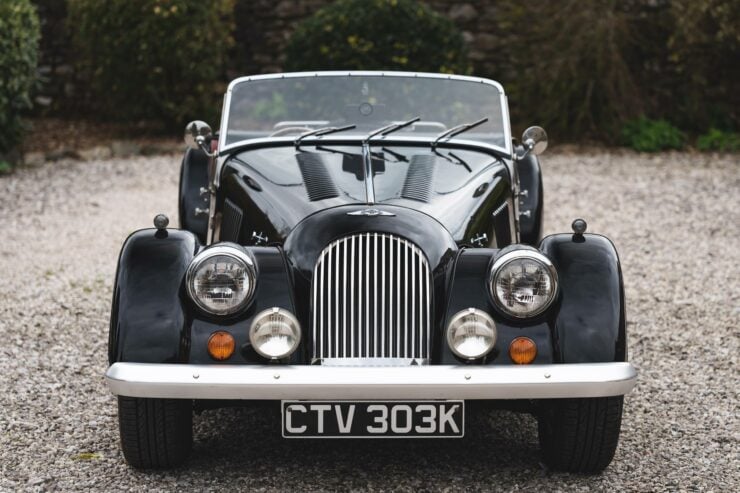
The styling of the Morgan is many decades old, and the company is always careful to make updates in small increments.
The Buick V8 had been designed as a small V8 (by American standards) with a displacement of 215 cubic inches or 3,528cc. Its compact size and the fact that it had an alloy block and heads meant that it was perfect for use in sports cars where every extra pound affected performance.
The first British automaker to realize this was Morgan, they got their hands on an engine and modified the Morgan Plus 4 to accommodate it. Due to the low weight of the car and the engine the performance was astonishing, and the weight of the V8 up front didn’t upset the balance of the car as the earlier four cylinder engine had a cast iron block and head, meaning the weights were about the same despite the size difference.
Once a deal had been done to source a steady supply of Rover V8s Morgan put the model into production as the Plus 8. It was the fastest accelerating sports car in Britain at the time and the nation’s other sports car makers sat up and took notice – within a few short years other marques including TVR, Marcos, and MGB all had their own Rover V8-powered cars in production.
The majority of Morgan Plus 8s were sold into the US market, and sales were brisk, quickly helping to fill the company’s coffers. They updated the model incrementally over the production run, widening the body in 1976, adding electronic fuel injection in 1983, increasing displacement to 3.9 liters in 1990, and then to 4.6 liters in 1996.
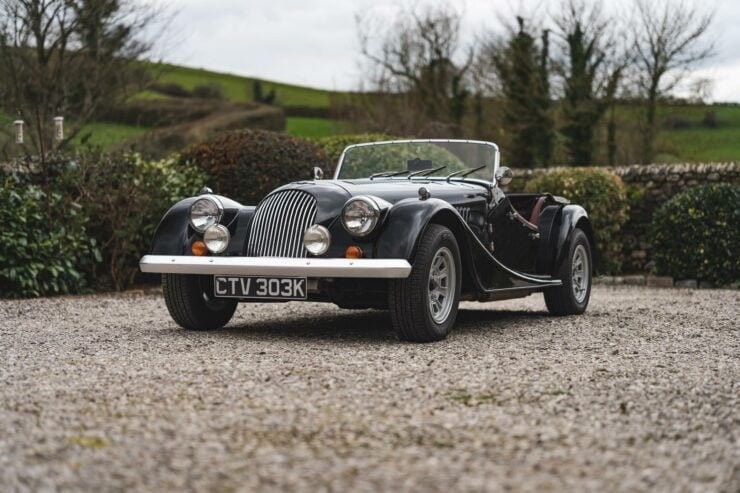
This Plus 8 is finished in black with a full burgundy interior, and it has a luggage rack on the back, some storage space behind the seats, and a folding black soft top.
The car left production in 2004 as it could no longer meet increasingly stringent emissions and safety rules, over 6,000 and been made and today they remain popular on the secondhand market.
The 1972 Morgan Plus 8 Shown Here
The car you see here is one of the collectible early models from 1972, just the fourth year of production. As such its fitted with the carburetor-fed 3.5 liter Rover V8, and it offers what is arguably the purest driving experience of any of the Plus 8s.
This Morgan is finished in black with a full burgundy interior, it has a classic wood-rimmed steering wheel and a wood veneer dashboard, with period-correct alloy wheels and a spare up on the back under a luggage rack.
The car is now being offered for sale by Car & Classic out of Devon in England and you can visit the listing here if you’d like to read more about it or register to bid.
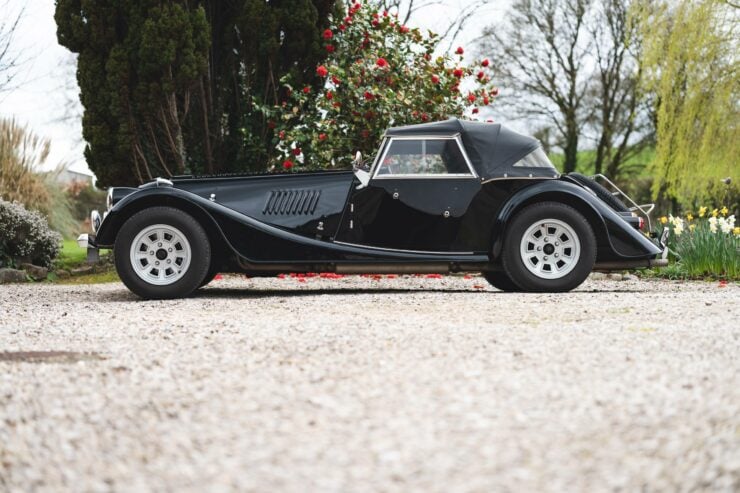
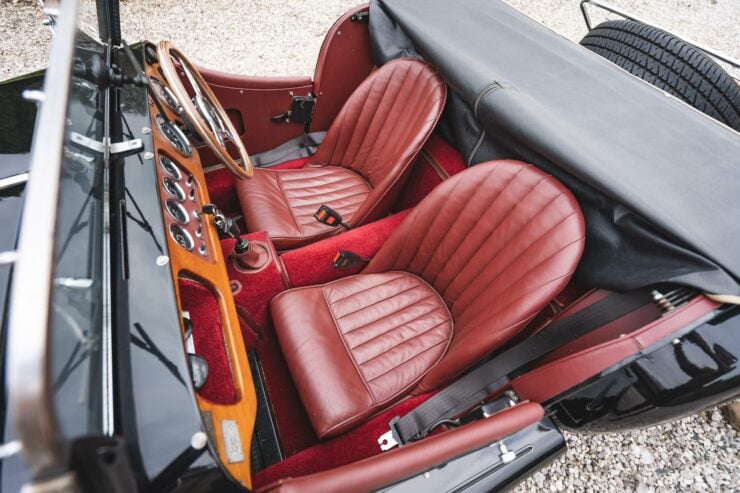
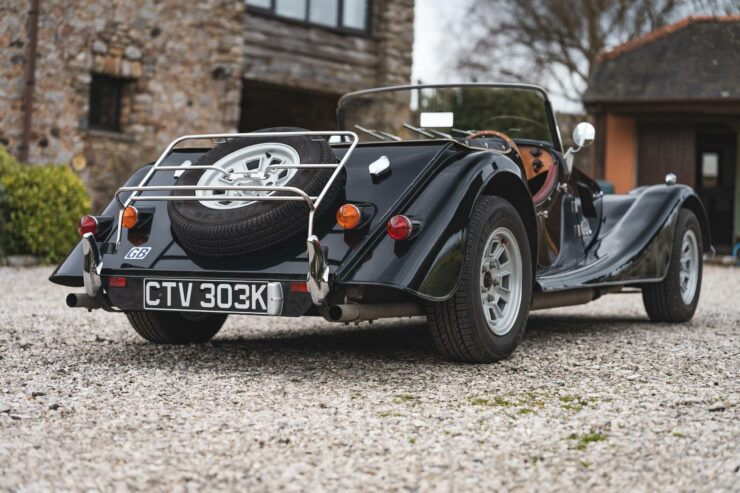
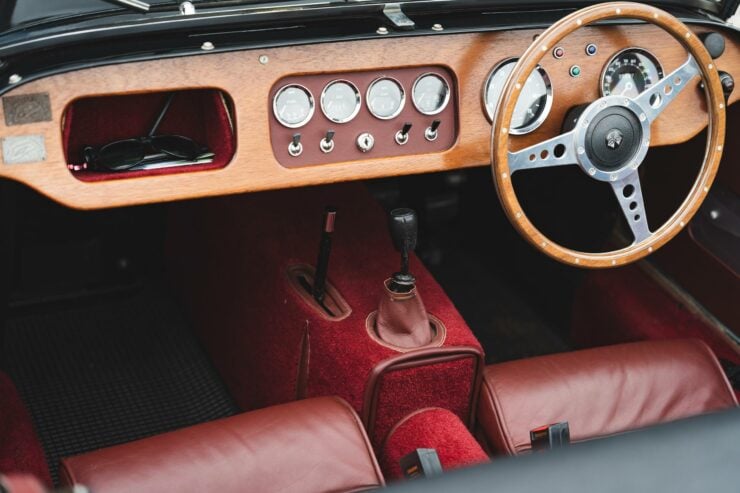
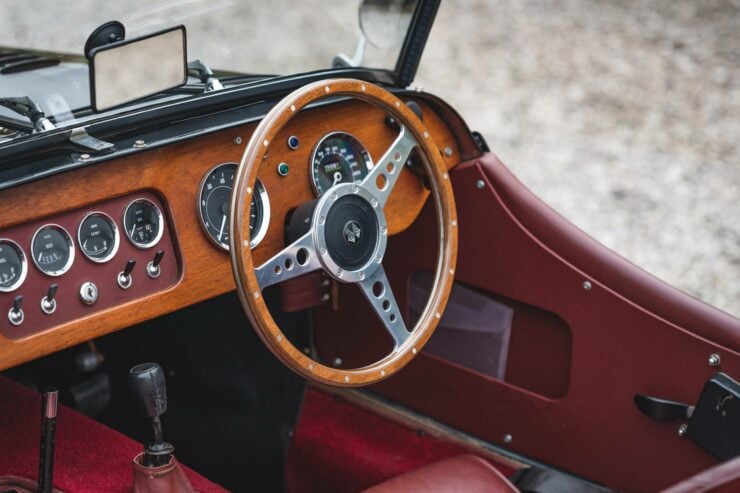
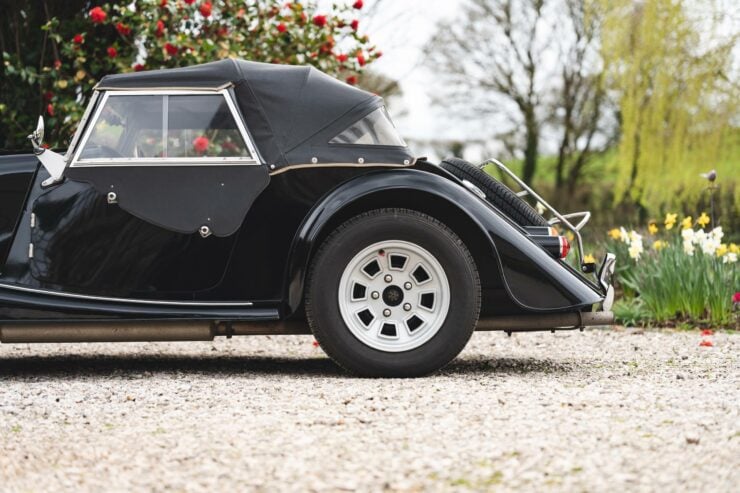
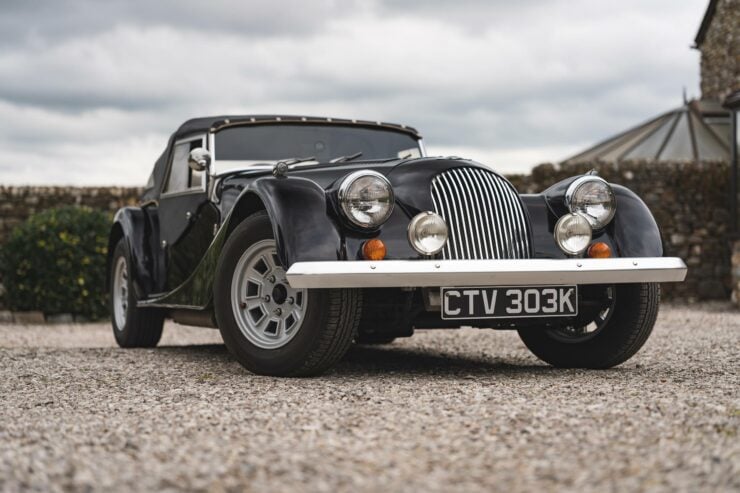
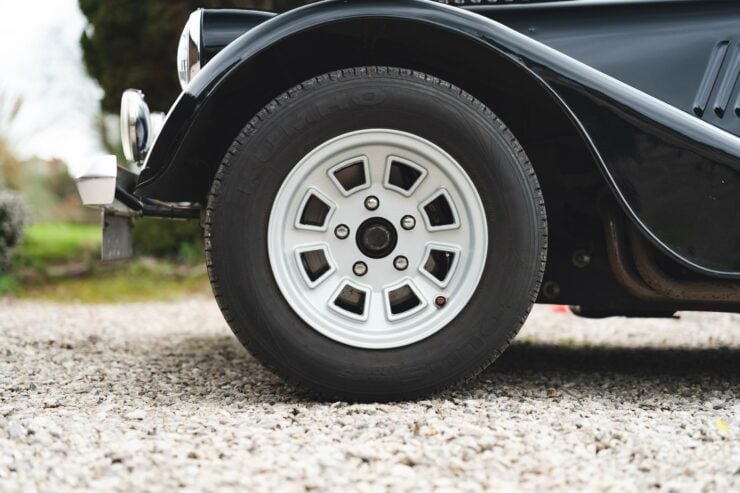
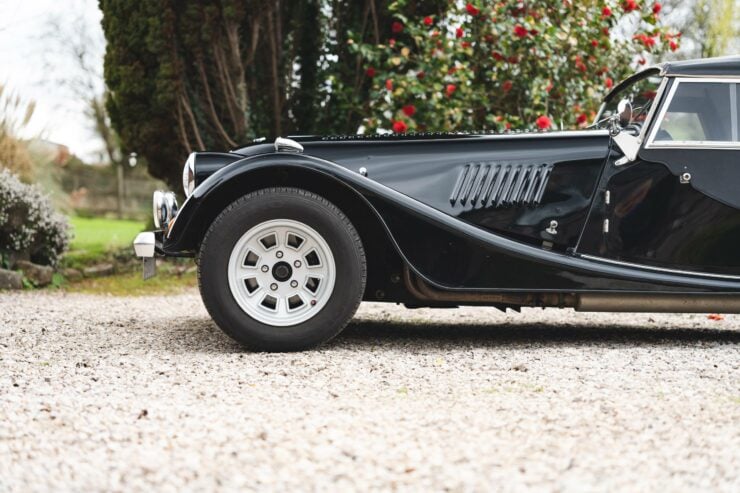
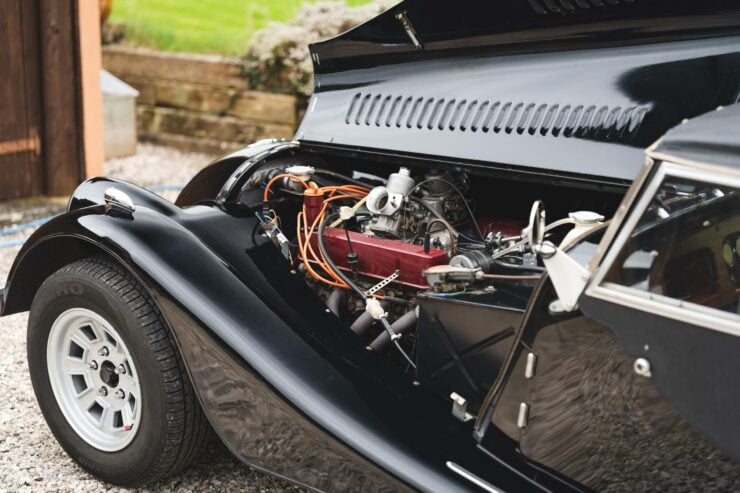

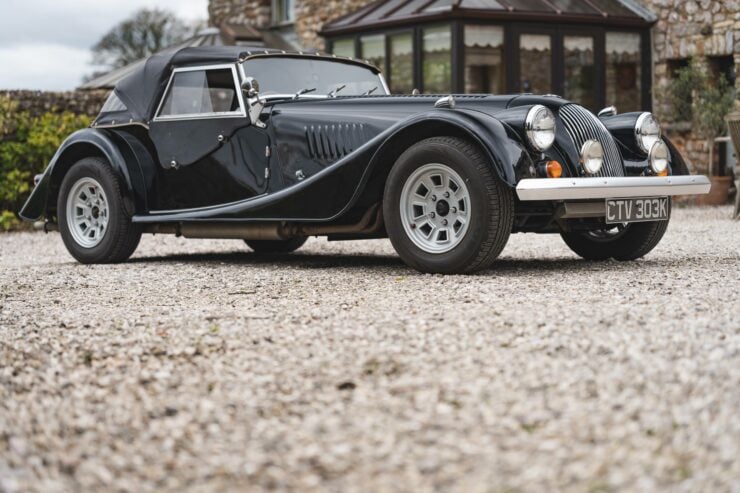
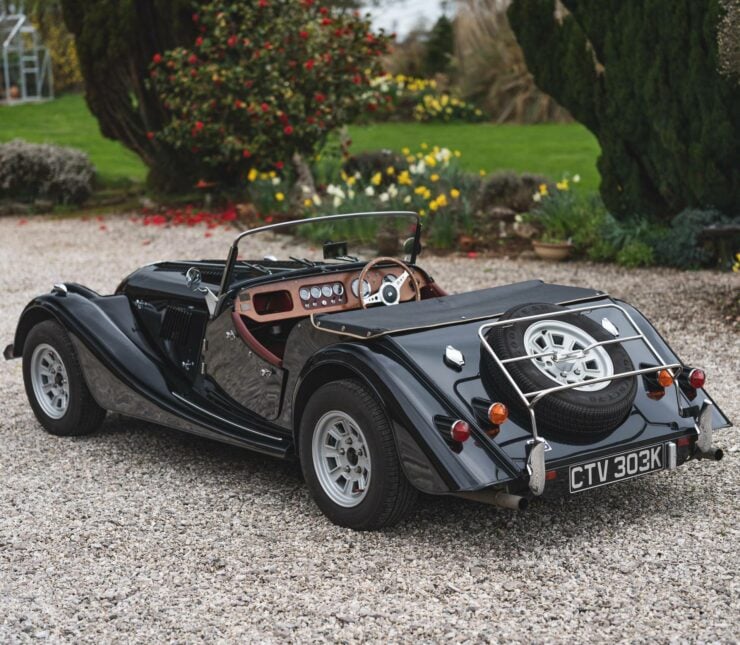
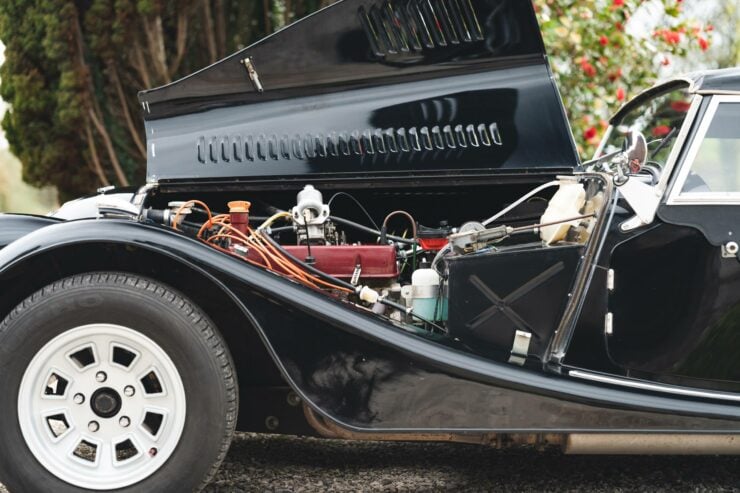
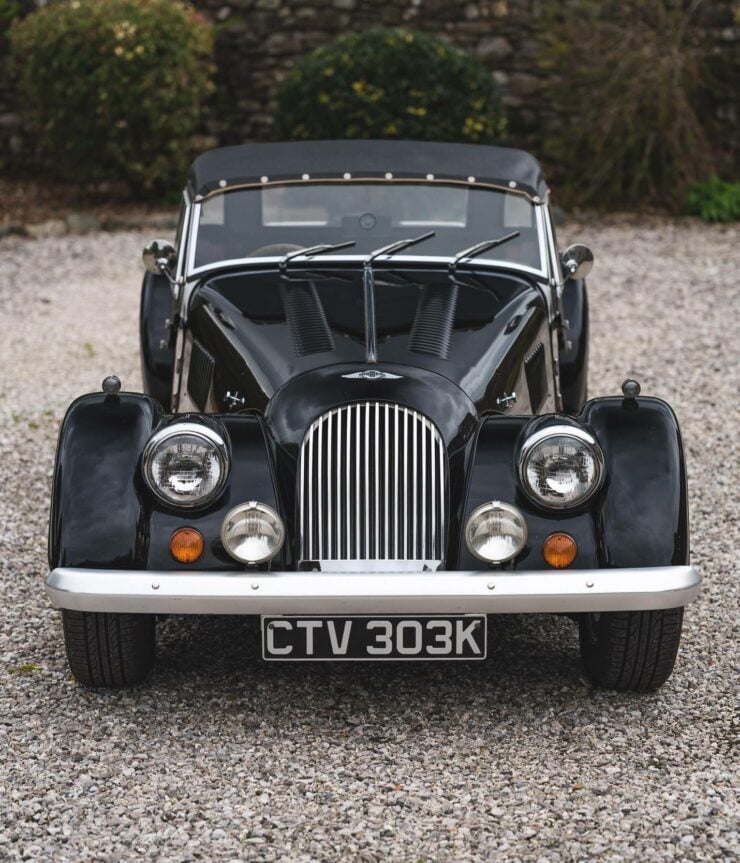
Images courtesy of Car & Classic
The post Morgan Plus 8: The Great British V8 Roadster appeared first on Silodrome.
from Silodrome https://silodrome.com/morgan-plus-8-car/
via gqrds